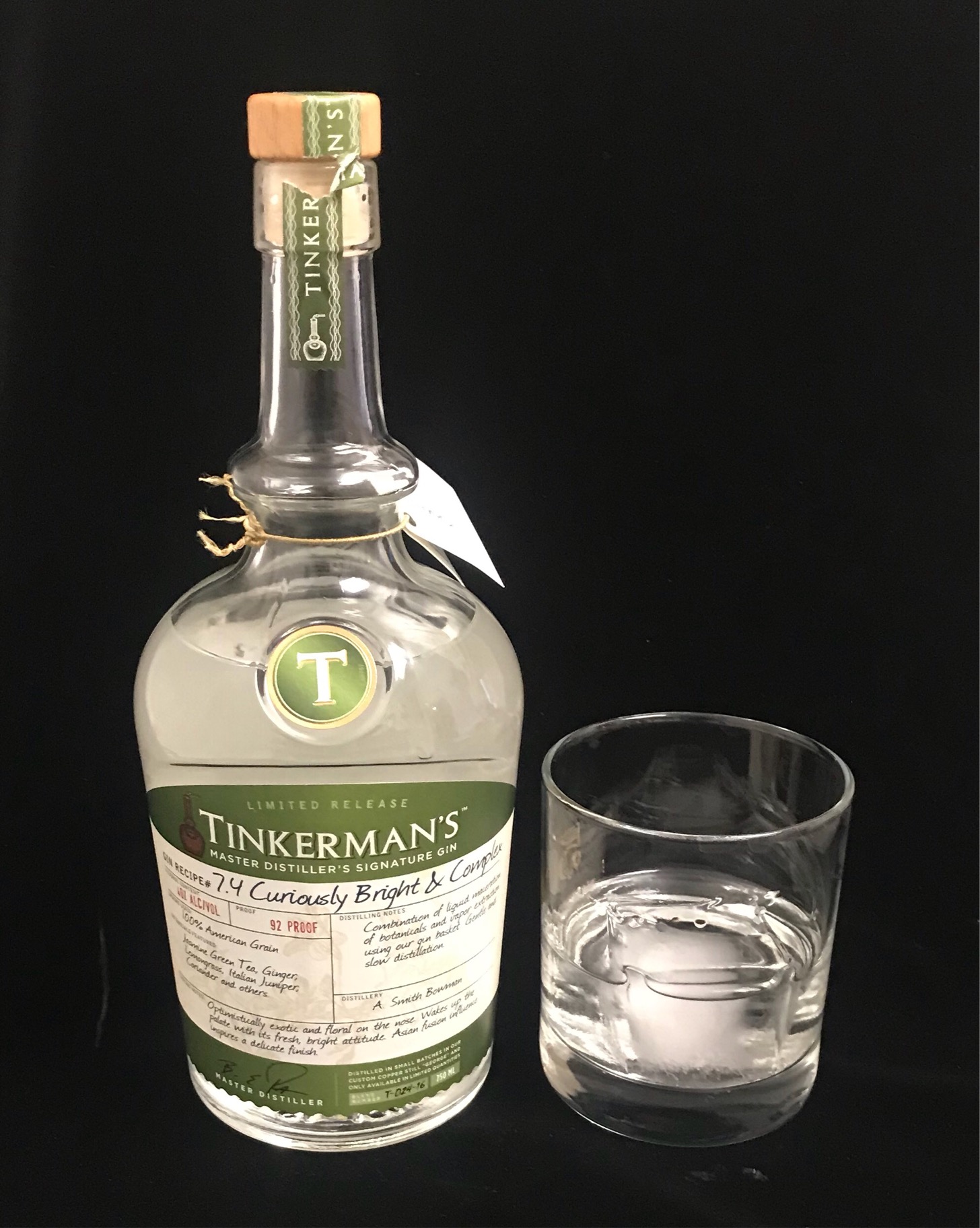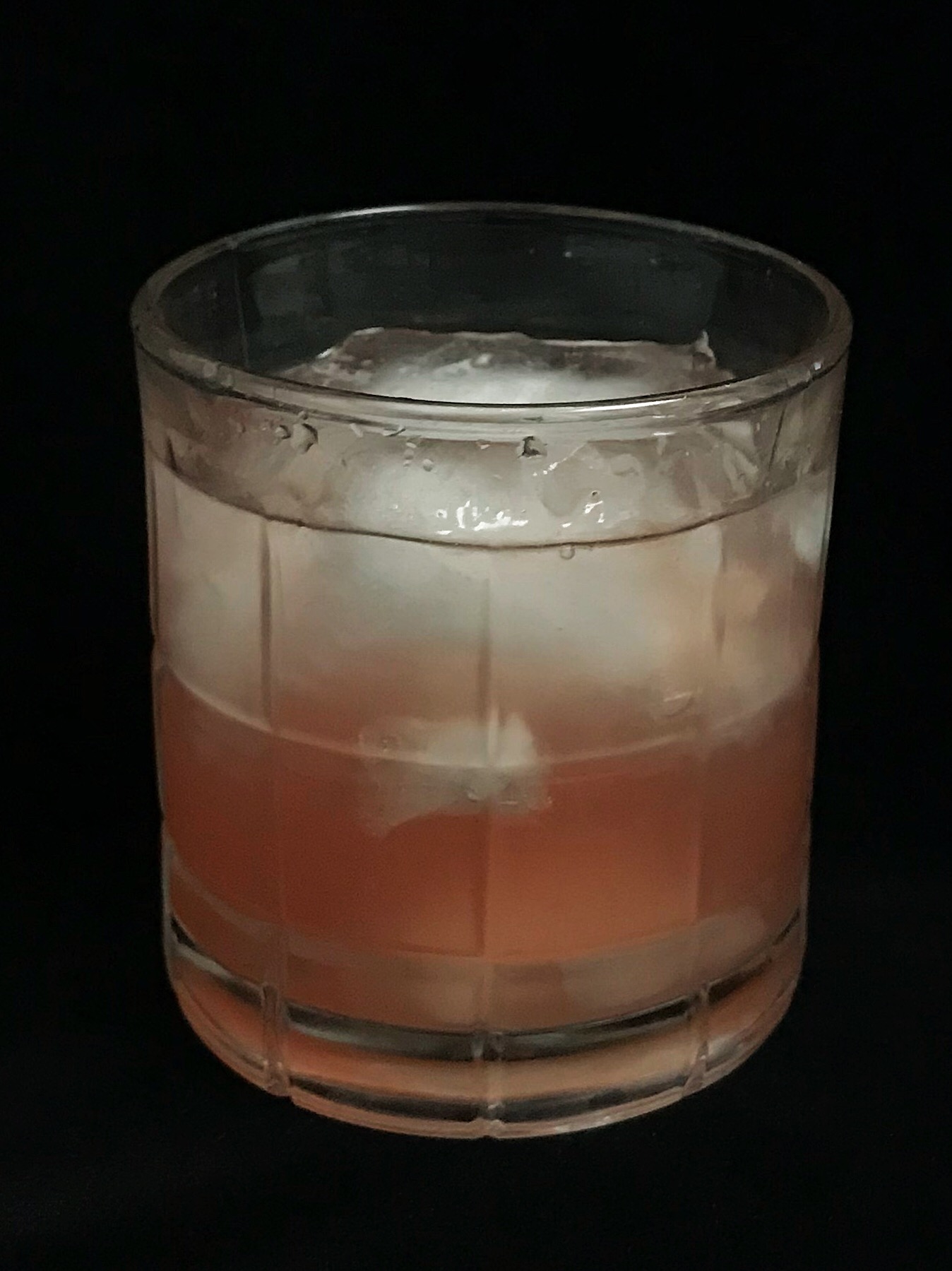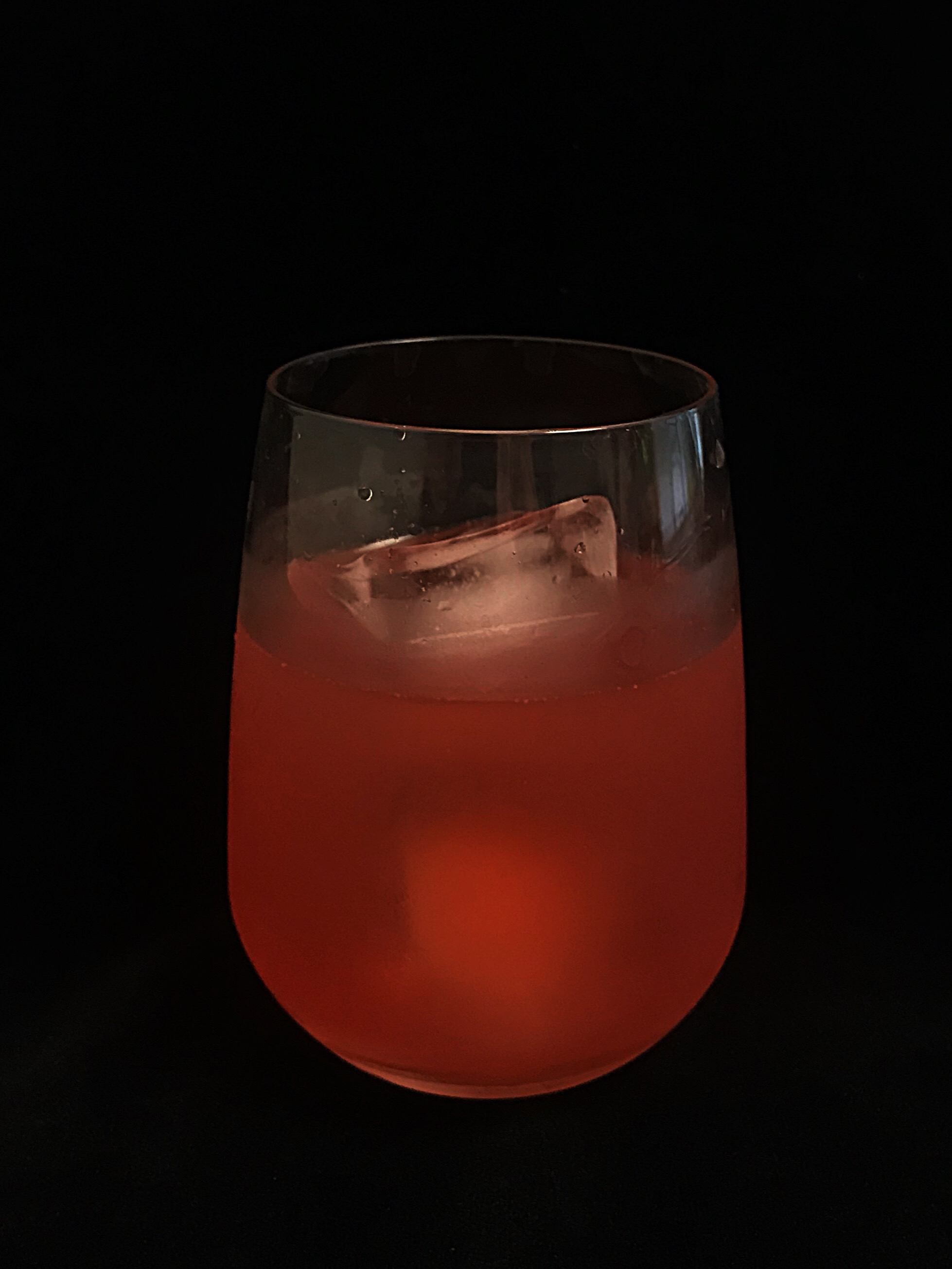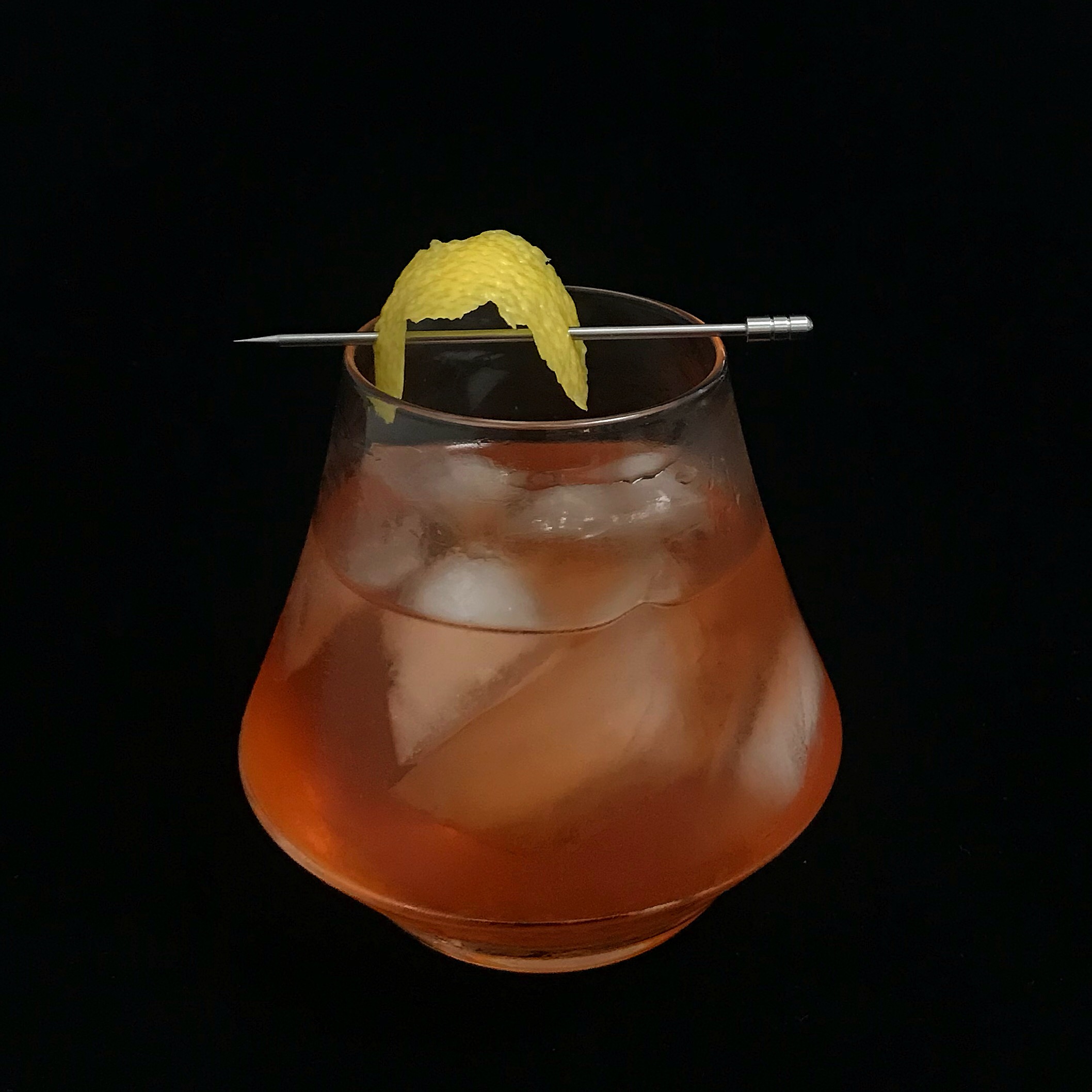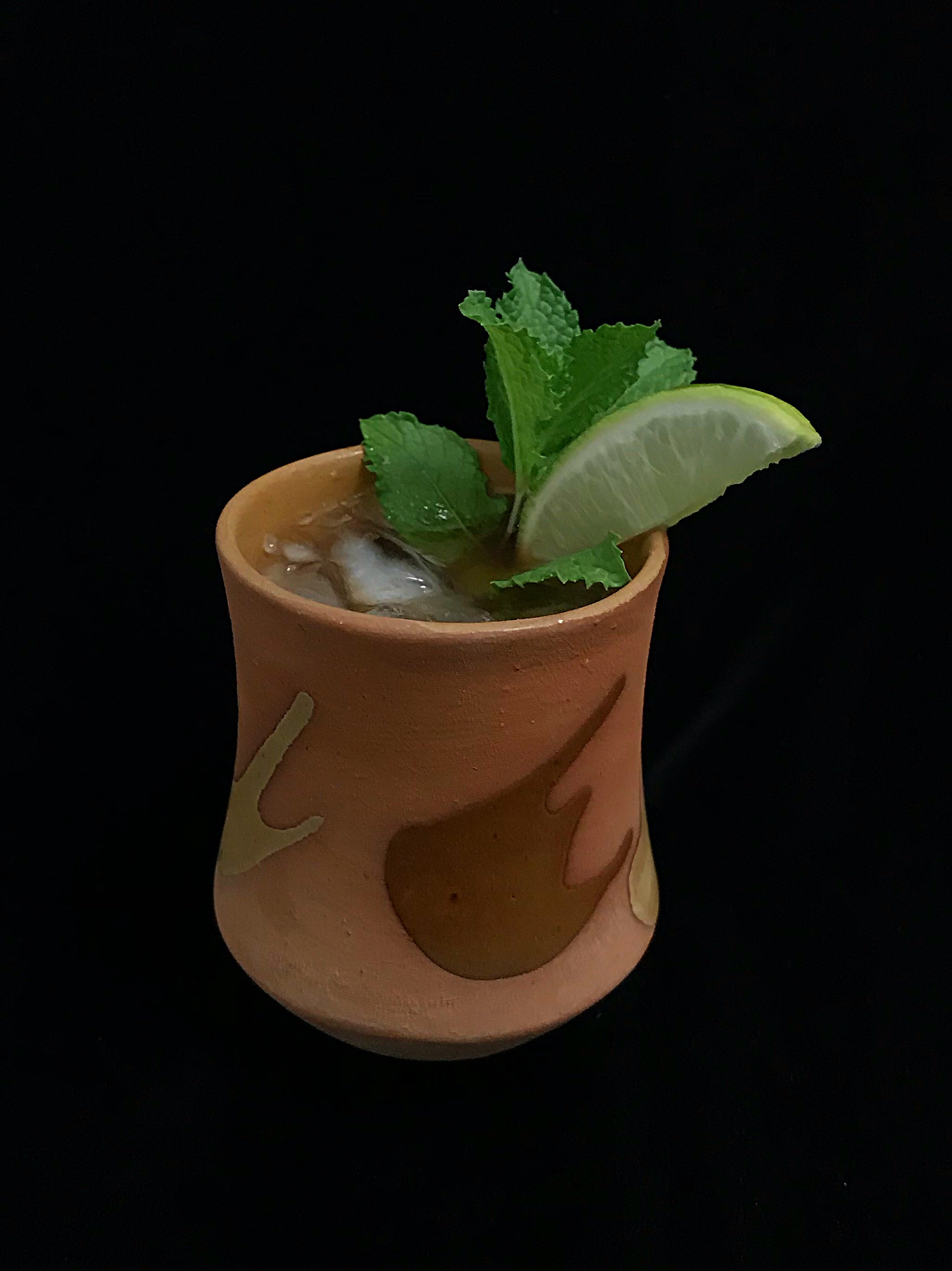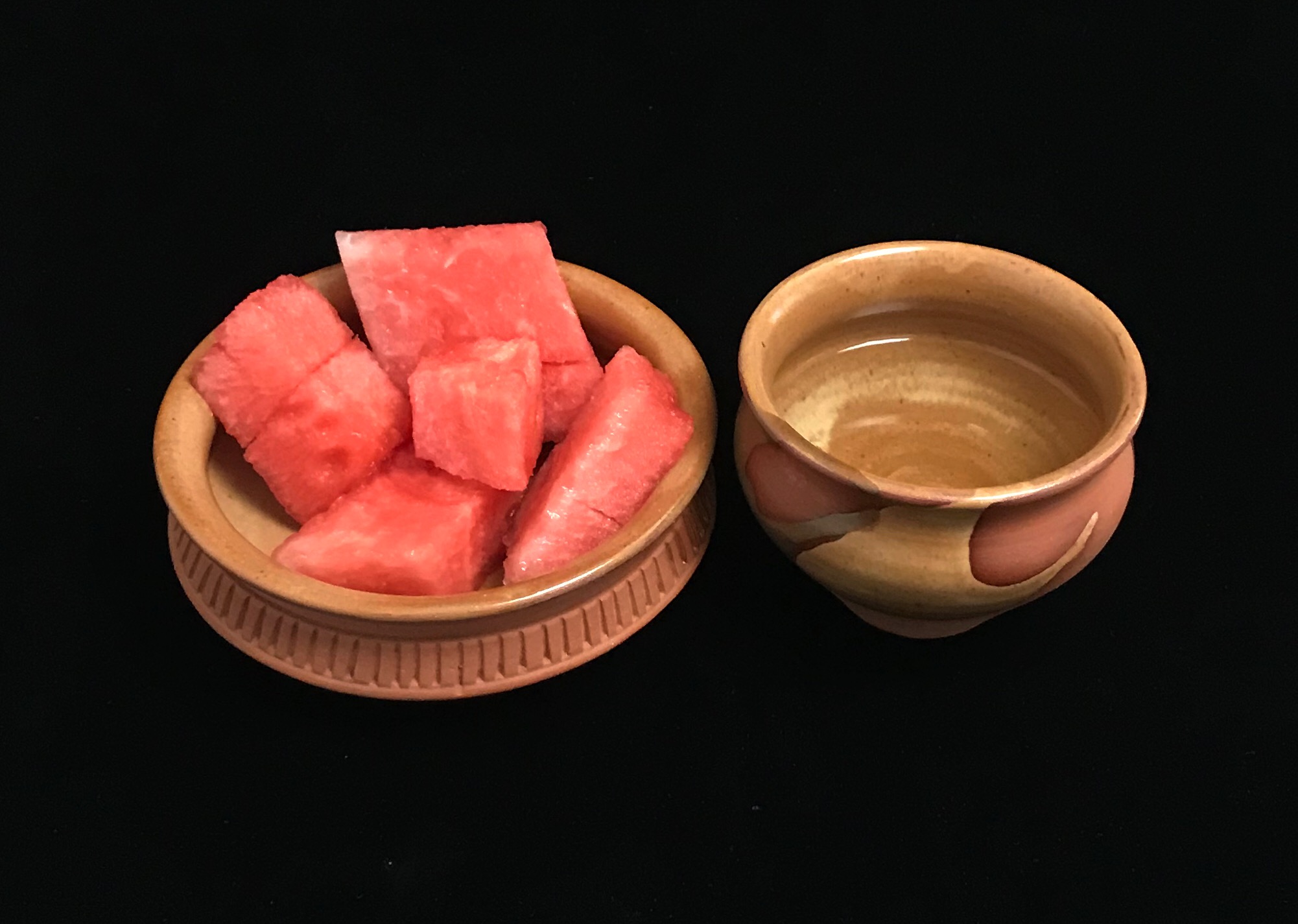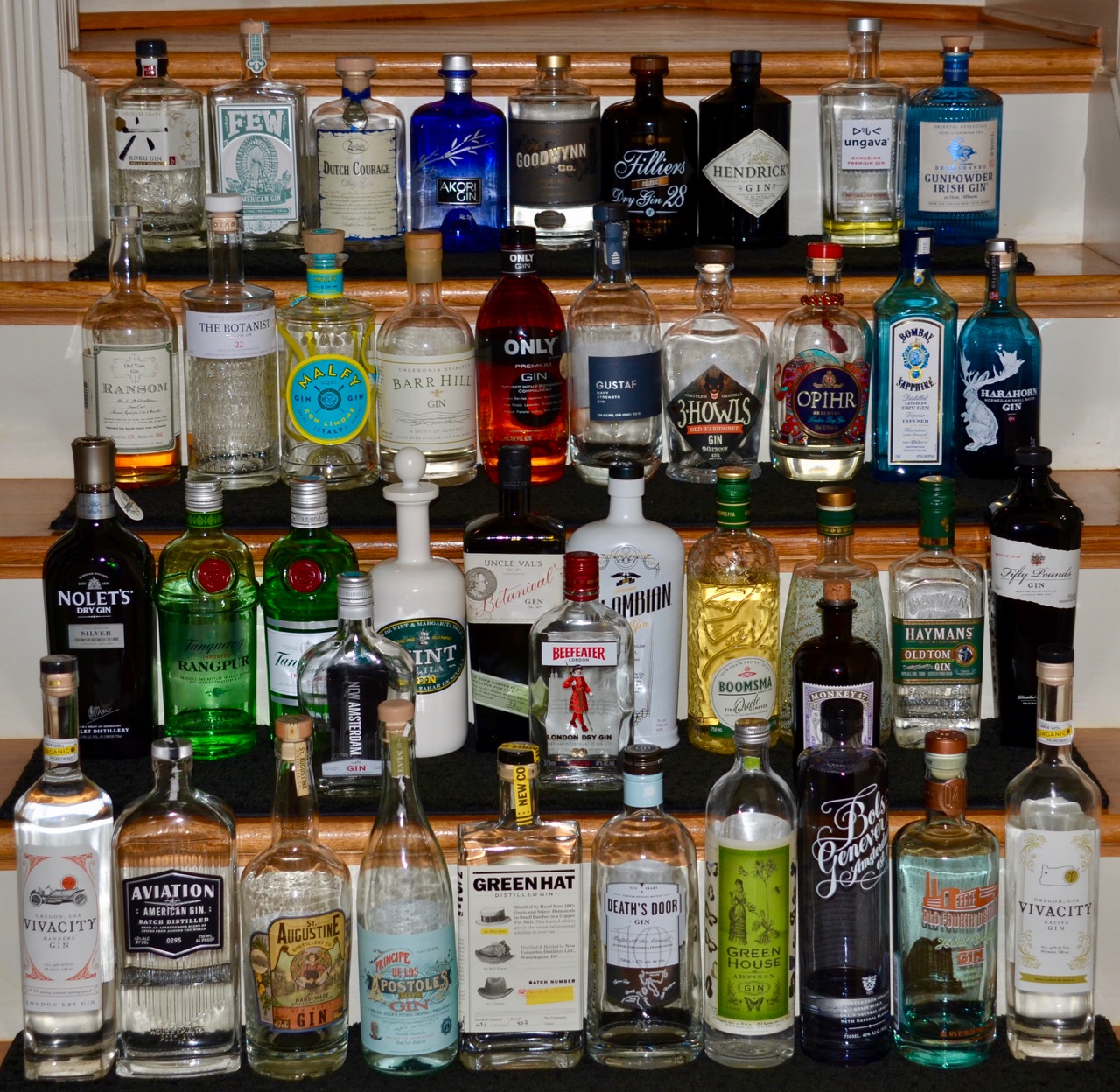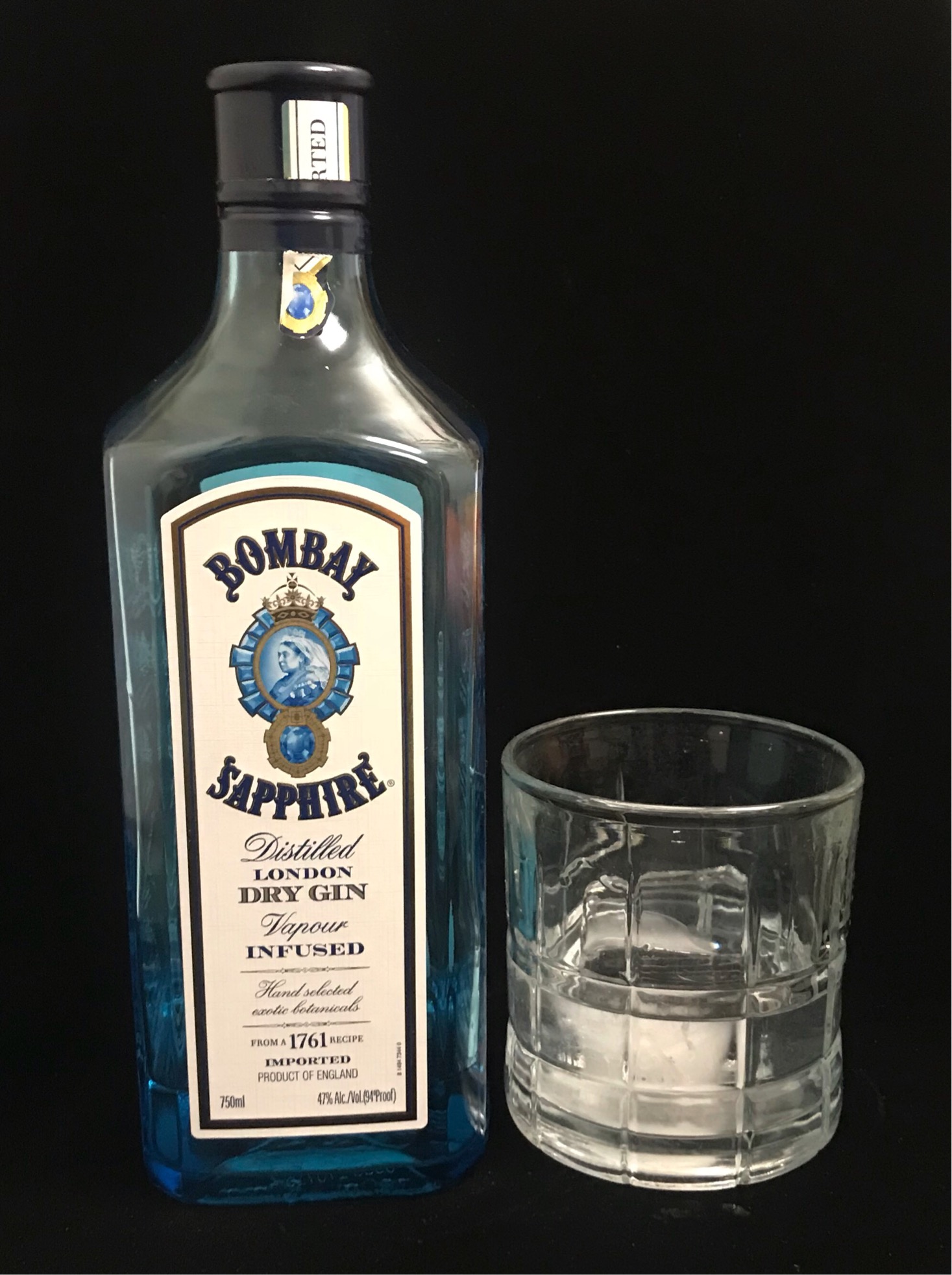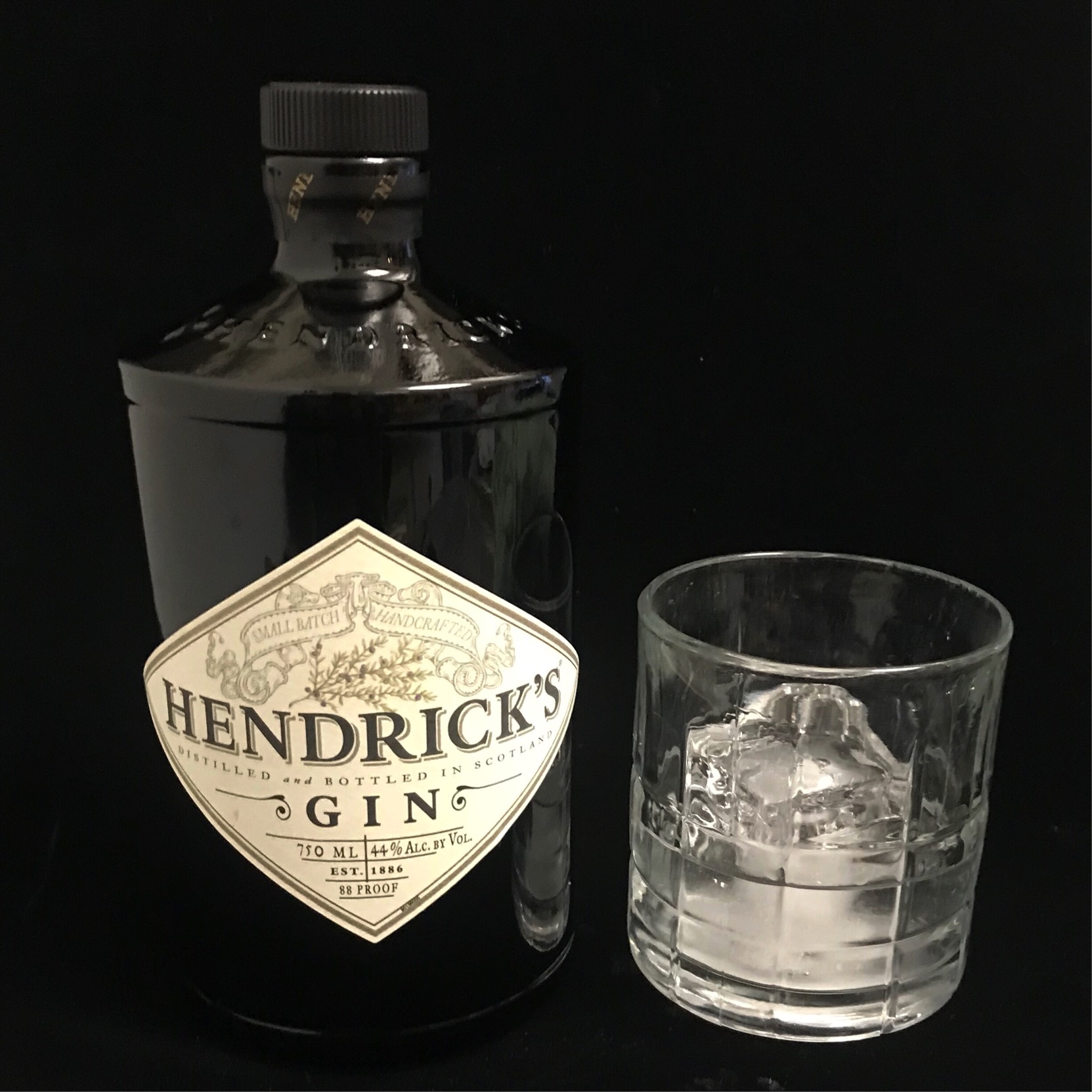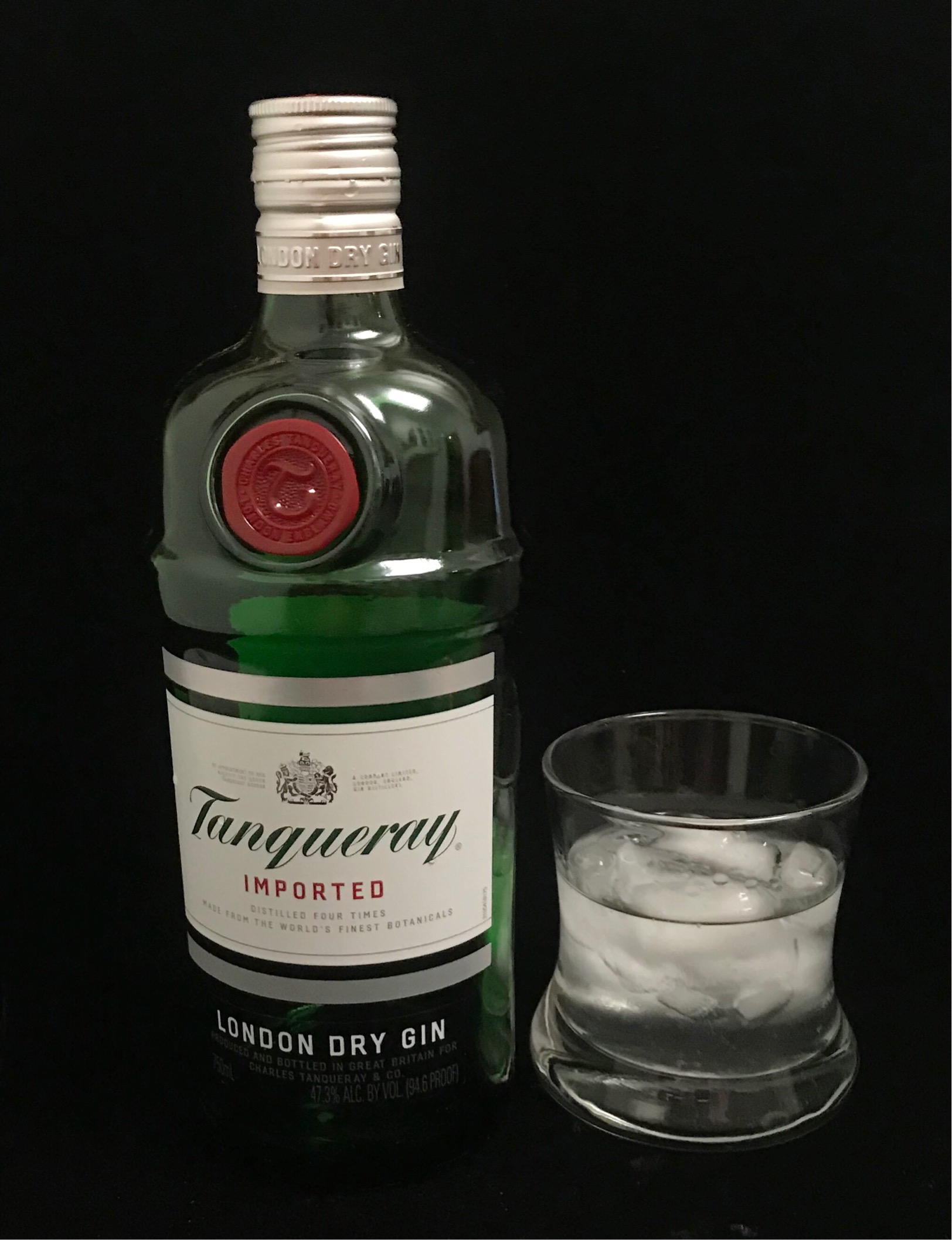I went deep inside my liquor cabinet and fished this bottle out. For the life of me, I cannot remember where I got this bottle from. I had not heard about it before and kept reading the label on the bottle to figure out what might have piqued my interest. Nothing stood out. Perhaps, I was given this as a gift.
In any case, tried researching on this gin. There is not much material on this gin. Part of the reason is that it is a very new gin. In fact, it started making enough to ship to the south only a few months back. The distillery is based out of Fredericksburg, VA.
The distillery makes three gins – curiously named Recipe #4.2, 6.3 and 7.4
This is the 7.4 version. Made from base alcohol of corn extract (they proudly call it American Corn), this gin has Jasmine Green Tea, Ginger, Lemongrass, Italian Juniper, Coriander and others as its botanicals. The herbs are vapor infused in a standard copper still.
With Green Tea, Ginger and Lemongrass, I was expecting a very different gin. I cannot say it met those expectations. Perhaps, they need a few more years to tinker around the right amounts. They call it “Curiously Bright and Complex”. I am still curious. Did not see the bright or complex part.
On the nose, it was more citrusy. The palette was pretty flat juniper. I was hoping to get some tea, ginger and the bite of lemongrass in the nose and palette. Did not get that. The length was reasonable.
Probably good to use this in cocktails.
I will give it a second try to make sure I am not selling this gin short. But as of now, I will wait for a few more years till they have figured out a better way to get the botanicals to have a stronger say on the nose and palette.
